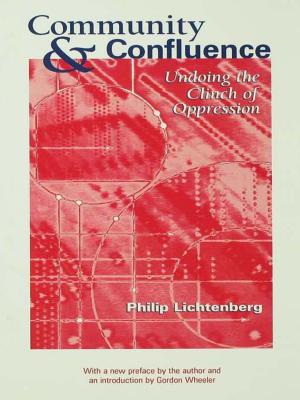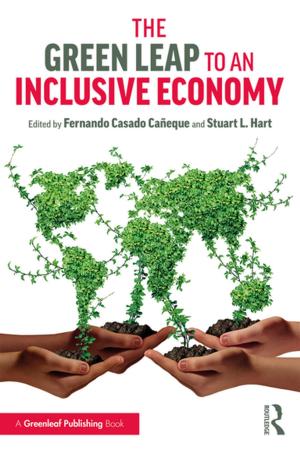Lean Production for Competitive Advantage
A Comprehensive Guide to Lean Methodologies and Management Practices, Second Edition
Nonfiction, Science & Nature, Technology, Manufacturing, Business & Finance, Industries & Professions, Industries| Author: | John Nicholas | ISBN: | 9781498780919 |
| Publisher: | Taylor and Francis | Publication: | March 15, 2018 |
| Imprint: | Productivity Press | Language: | English |
| Author: | John Nicholas |
| ISBN: | 9781498780919 |
| Publisher: | Taylor and Francis |
| Publication: | March 15, 2018 |
| Imprint: | Productivity Press |
| Language: | English |
Lean Production for Competitive Advantage: A Comprehensive Guide to Lean Methodologies and Management Practices, Second Edition introduces Lean philosophy and illustrates the effective application of Lean tools with real-world case studies. From fundamental concepts to integrated planning and control in pull production and the supply chain, the text provides a complete introduction to Lean production. Coverage includes small batch production, setup reduction, pull production, preventive maintenance, standard work, as well as synchronizing and scheduling Lean operations. Detailing the key principles and practices of Lean production, the text also:
- Illustrates effective implementation techniques with case studies from a range of industries.
- Includes questions and completed problems in each chapter.
- Explains how to effectively partner with suppliers and employees to achieve productivity goals
Designed for students who have a basic foundation in production and operations management, the text provides a thorough understanding of the principles of Lean. It also offers practical know-how for implementing a culture of continuous improvement on the shop floor and in the office, creating a heightened sense of responsibility in all stakeholders, and enhancing productivity and efficiency to improve the bottom line.
In this second edition, the author addresses management’s role in Lean production. Early observers of Japanese methods focused on the shop floor to see amazing things unlike anything practiced elsewhere. And the thinking was, if the "methods" could be adopted by companies elsewhere, those companies would experience the success of the Japanese. What the early observers hadn’t considered were dramatic differences in the way those companies were managed, both daily and strategically. The "management side" of Lean production is addressed in two new chapters, one devoted to daily management, the other to strategy deployment. Additionally, there is a new chapter that addresses breakthrough improvement and an approach to achieving it called Production Preparation Process.
Every chapter has been revised and expanded to better tell the story of Lean production—its
history, applications, practices, and methods.
Lean Production for Competitive Advantage: A Comprehensive Guide to Lean Methodologies and Management Practices, Second Edition introduces Lean philosophy and illustrates the effective application of Lean tools with real-world case studies. From fundamental concepts to integrated planning and control in pull production and the supply chain, the text provides a complete introduction to Lean production. Coverage includes small batch production, setup reduction, pull production, preventive maintenance, standard work, as well as synchronizing and scheduling Lean operations. Detailing the key principles and practices of Lean production, the text also:
- Illustrates effective implementation techniques with case studies from a range of industries.
- Includes questions and completed problems in each chapter.
- Explains how to effectively partner with suppliers and employees to achieve productivity goals
Designed for students who have a basic foundation in production and operations management, the text provides a thorough understanding of the principles of Lean. It also offers practical know-how for implementing a culture of continuous improvement on the shop floor and in the office, creating a heightened sense of responsibility in all stakeholders, and enhancing productivity and efficiency to improve the bottom line.
In this second edition, the author addresses management’s role in Lean production. Early observers of Japanese methods focused on the shop floor to see amazing things unlike anything practiced elsewhere. And the thinking was, if the "methods" could be adopted by companies elsewhere, those companies would experience the success of the Japanese. What the early observers hadn’t considered were dramatic differences in the way those companies were managed, both daily and strategically. The "management side" of Lean production is addressed in two new chapters, one devoted to daily management, the other to strategy deployment. Additionally, there is a new chapter that addresses breakthrough improvement and an approach to achieving it called Production Preparation Process.
Every chapter has been revised and expanded to better tell the story of Lean production—its
history, applications, practices, and methods.















